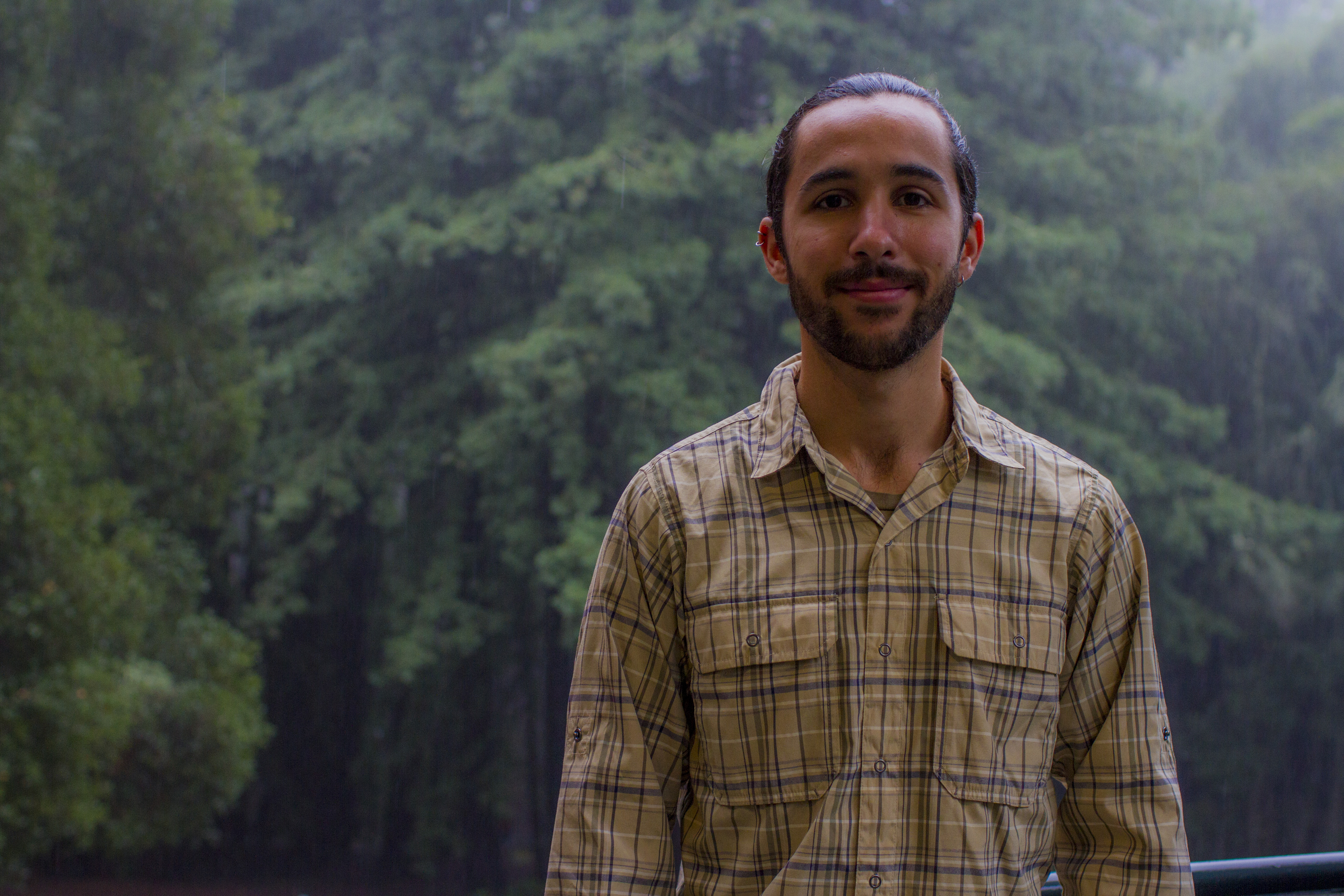Colinas, Ian
|
Ian Colinas was born in Tijuana, Mexico and immigrated to the United States at the age of 19 in order to pursue a career in science. After 3 years of studying in a community college in San Diego, he transferred to the University of California Santa Cruz where he obtained a B.S. in Chemistry. He is now a fifth-year graduate student in the Department of Chemistry and Biochemistry at the University of California Santa Cruz. As a material chemist, he is interested in developing new materials for water purification applications, as well as designing bacteriocidal materials for surgical devices and surfaces. Ian has been a teaching assistant for the last 4 years, which has contributed to his desire to become a science educator. He would like to teach in a community college, while working in a water treatment facility. After participating in the ISEE PDP he's now interested in active learning and science pedagogy, and hopes to use apply these new teaching tools to become a more engaging educator. As a long term goal, Ian would like to travel and teach at underrepresented communities in order to show the relevance of science and inspire future scientists. icolinas@ucsc.edu |
 |
Activity Name: Kinet-X: Michaelis-Menten Enzyme Kinetics
Audience: 12 undergraduates
Venue: MARC/IMSD SRI PREP
The activity's main STEM practice:
The main practice goal that we assessed learners on was making claims based on evidence. As indicated in our rubric, we extended this practice to three specifc dimensions: 1.) Making a claim; 2.) Choosing the correct evidence to support the claim; and 3.) Connecting the claim and evidence through reasoning.
Our activity was designed with the intention to immerse the learners in the practice of making claims based on evidence. This was achieved by allowing the students to initiate an investigation in a laboratory setting from which they collected enzyme kinetic data from a spectrometer. The data was analyzed by plotting it into the form a Michaelis-Menten graph. A thinking tool was provided via facilitation to allow them to see a derivation that explained where all the enzyme kinetic parameters originated from. At this point, the learners had collected evidence and had now began their reasoning in order to make a claim. During the poster session, the learners presented their evidence and reasoning, which they later compared to the other teams. After discussing results with the other teams, learners were able to make a claim on which substrate displayed the best catalytic effciency, and they reported such claim in their individual artifacts. Due to time constraints, learners did not have enough time to discuss the meaning of catalytic effciency prior to reporting their claims. Hence, future facilitators should focus on giving enough time after the poster presentations for learners to process the other teams' reported evidence, and use the term of catalytic effciency to build up on their conceptual framework of enzyme kinetics rather than simply performing a calculation.
